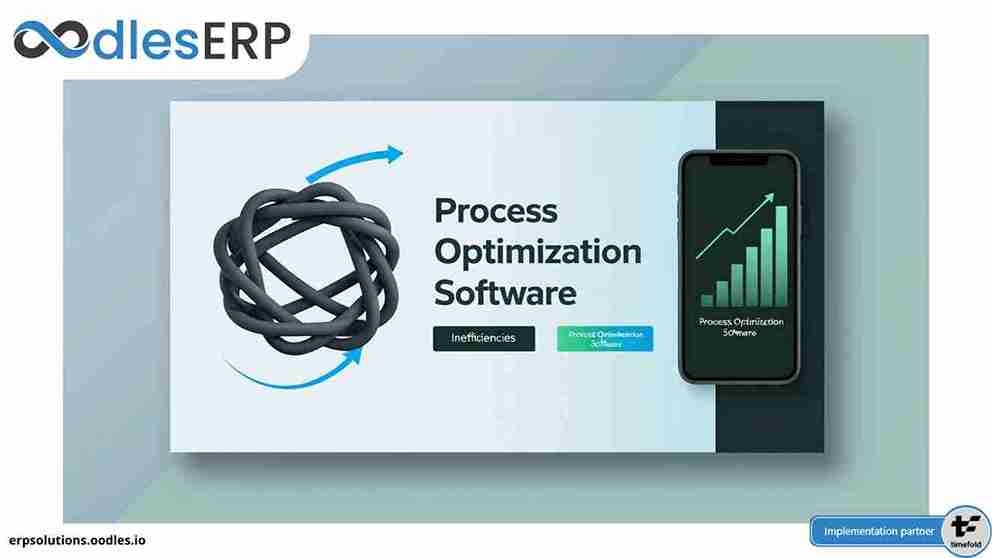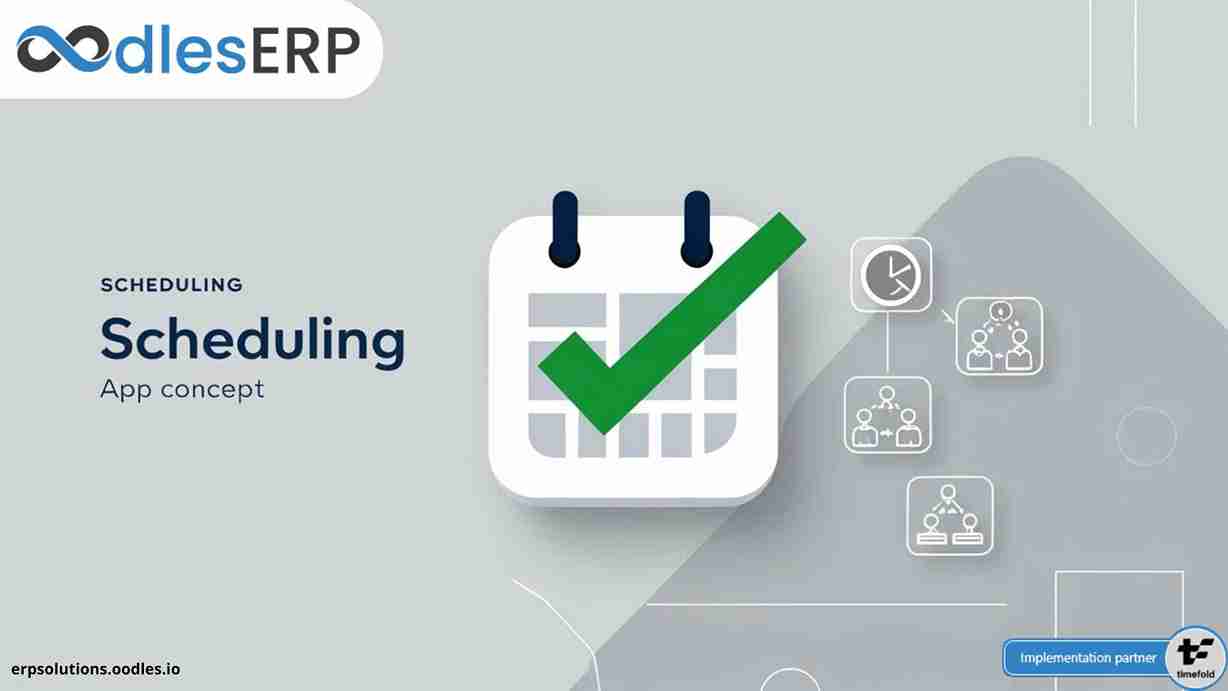Managing a complex IT infrastructure could be a challenging task for any enterprise, especially if it deals with multiple data sources and destinations. Besides, software compatibility issues are quite common these days due to the widespread use of diverse technologies and heterogeneous systems. To overcome heterogeneity challenges, we need a special type of software that adequately integrates diverse software systems while acting as an intermediary between two or more applications. Middleware is a reusable infrastructure software that fits perfectly in the above description as it bridges the gap between multiple applications. It is often referred to as ‘software glue’ that enables enterprises to interconnect almost any type of computing infrastructure.
Middleware application development has saved billions of dollars for enterprises that invested in this unique infrastructure rather than replacing or re-architecting their software systems. However, the choice of framework for middleware application development is equally important to ensure perfect synchronization between multiple applications. Apache Camel is one of the most sought-after frameworks for middleware application development that renders the best support message-oriented middleware.
Here, we shall explore the significance of Apache Camel for middleware application development and its common enterprise use cases.

What Is Apache Camel?
Apache Camel is an open-source framework for building message-oriented middleware solutions to adequately interconnect diverse software modules and distributed systems. It is one of the most popular frameworks for middleware software development that offers the best integration support for messaging or transport models such as HTTP, ActiveMQ, and JMS.
The framework incorporates rule-based routing and a Java-based mediation engine for implementing enterprise integration patterns using dedicated APIs. Besides, it also renders support for bean binding and seamlessly integrates with popular frameworks such as Spring.
Apache Camel For Middleware Development
As already mentioned above, Apache Camel is one of the most effective frameworks for middleware application development. It bridges the gap between different software applications regardless of their heterogeneity. In the words of Jesse Gorzinski, business architect at IBM i, Camel makes it incredibly easy to link anything with anything, when it comes to software technologies. He further stated that the framework comes in handy when you perform any kind of integration like integrating multiple technologies together. In the following section, we shall explore the common use cases of Apache Camel for middleware application development.
Also, Read Middleware Development To Overcome Software Heterogeneity Challenges
When To Use Apache Camel?
Camel is majorly used to integrate multiple applications together regardless of the underlying technologies or software protocol. Below are the common use cases of Apache Camel in business applications.
Application Integration
Camel is a preferred choice for middleware application development as it helps integrate multiple applications together despite their varying natures. It provides an ideal solution for overcoming software compatibility challenges by enabling data sharing between different applications or protocols via simple APIs.
Pattern-based Development
As already discussed above, Apache Camel supports enterprise integration patterns (EIP) and thus, it facilitates pattern-based development for middleware applications. It provides patterns and functionality for routing data, caching frequently accessed data as well as handling errors and rollbacks.
Handling Java Objects
Apache Camel, as we know, is a Java framework. Thus, it works well with all Java objects such as JSON, XML, and the likes. For example, Camel can effectively handle all file formats that can be de-serialized into a Java object.
You may also be interested in reading Developing Middleware Solutions For The Healthcare Industry
Wrapping Up
One of the main benefits of using Apache Camel for middleware application development is that it uses the same concept for handling a variety of integrations. Once you get the hang of its components and learn the basic patterns, you can easily perform many integrations with minimal complications. Besides, it is increasingly useful if you want to develop a set of integrations using a similar development approach. Above all, the framework is open-source and free to use under Apache License 2.0. Thus, it is an ideal choice for small and medium enterprises as it helps them save time and costs.
Why Choose Oodles ERP For Middleware Application Development?
We, at Oodles ERP, provide complete enterprise software solutions to solve complex business problems using open-source technologies. We provide end-to-end middleware application development services to seamlessly integrate diverse business modules and software applications. Our development team specializes in using Apache Camel and implementing EIPs to effortlessly interconnect diverse software modules regardless of their heterogeneity. Our team also specializes in using MuleSoft ESB to build scalable middleware solutions that efficiently integrate multi-tier software components. To learn more, drop us a line at [email protected].









